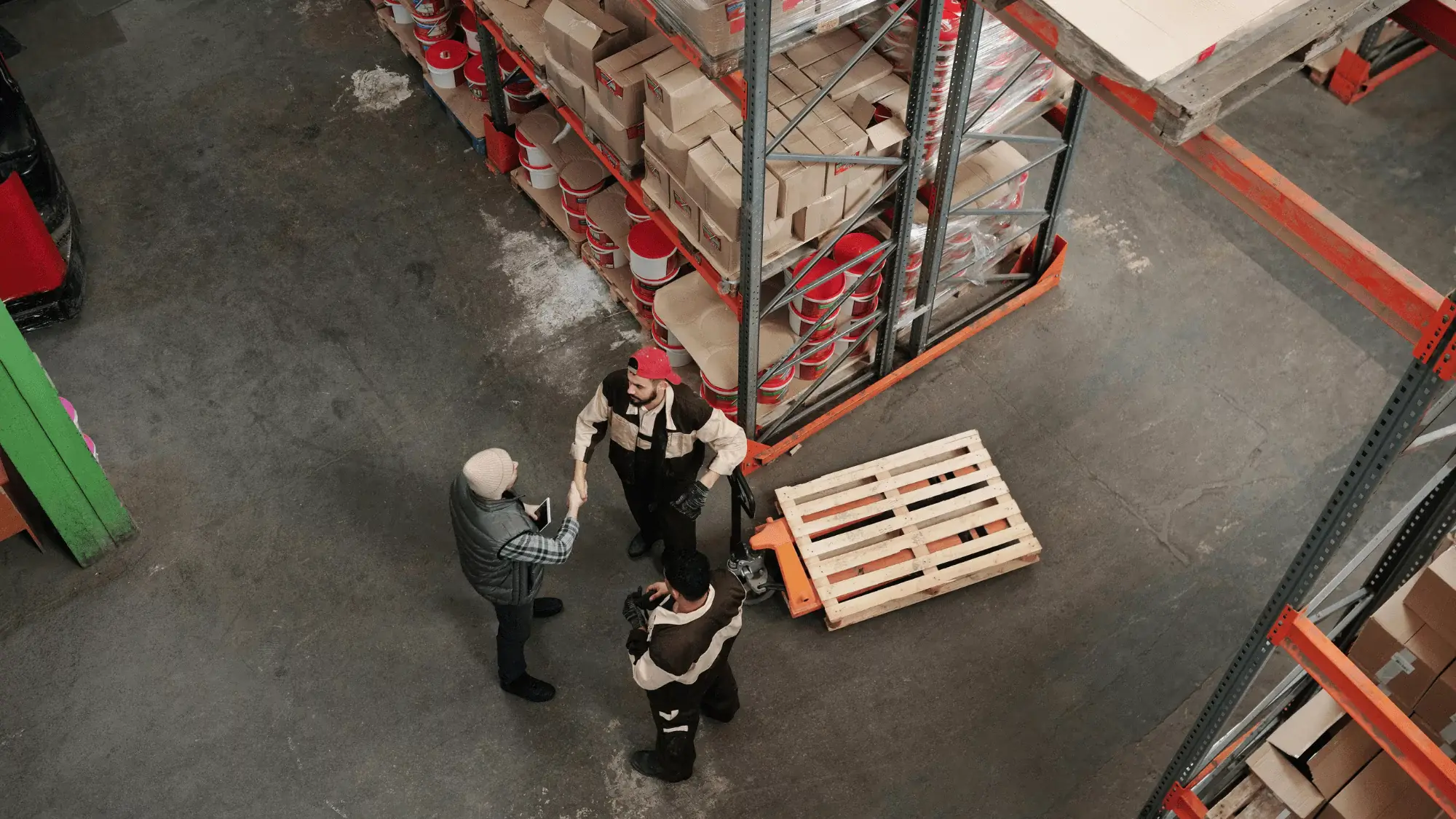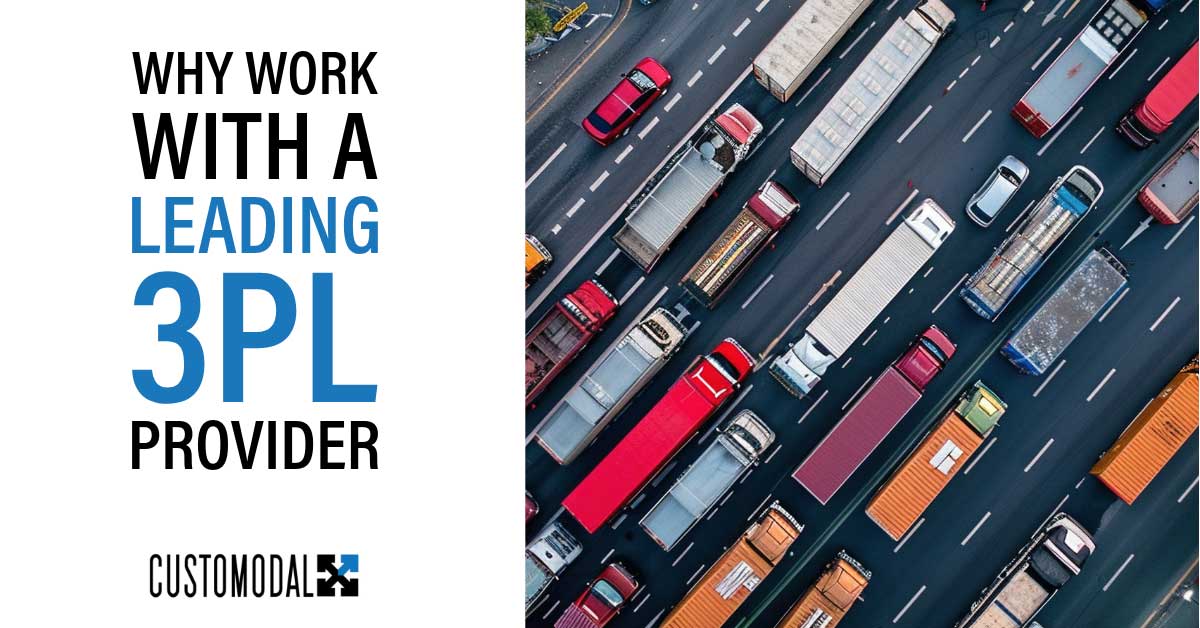
Many businesses initially believe that managing their own logistics offers a direct path to cost savings and greater control. Overseeing transportation, warehousing, and distribution internally can seem like the most straightforward approach. However, this "do-it-yourself" (DIY) mentality often obscures a web of hidden expenses and complexities that can significantly impact a company's financial health and operational efficiency.
While the allure of direct oversight in DIY logistics is understandable, the reality often involves substantial but less visible costs. From the allocation of valuable internal resources to the considerable investment in necessary technologies, these expenses can quickly accumulate.
Let's explore the often-underestimated financial and operational burdens associated with managing logistics in-house, and in contrast, how partnering with a specialized 3PL provider can offer a more strategic and cost-effective solution.
Unpacking the Hidden Costs of DIY Logistics
Ever wonder if the perceived control of managing your own logistics truly translates to overall cost savings? While the idea of keeping everything in-house might seem straightforward, have you thoroughly analyzed the often-invisible expenses that can significantly impact your profitability and efficiency? Though not always immediately apparent, these DIY logistics costs in your supply chain warrant a closer examination.
The Price of Internal Resources: Time and Talent
Think about where your team's focus lies. How much valuable time do your skilled employees–perhaps in sales, administration, or even management, spend coordinating shipments, meticulously tracking deliveries, and laboriously resolving logistics-related issues? Isn't their expertise and time better invested in the core functions directly contributing to your company's growth and innovation?
Consider the cumulative salaries tied up in these often ad hoc logistics tasks. And what about the specialized knowledge required to navigate the complexities of transportation and warehousing? If you aim for genuine in-house logistics proficiency, the costs associated with recruiting, training, and retaining qualified logistics professionals can quickly eclipse the anticipated savings of avoiding external partnerships. Have you truly accounted for the fully loaded cost of this internal logistics overhead?
The Cost of Technology: Capital Investment and Maintenance
Today, more than ever, effectively managing logistics without technological support is a significant challenge. Companies attempting a DIY approach often find themselves needing to invest heavily in TMS and other related technologies to automate processes, gain visibility, and ensure efficient operations.
Unfortunately, they often fail to consider beforehand the substantial upfront capital investment required for these systems, including software licensing, implementation, and necessary IT infrastructure upgrades–and the financial commitment doesn't end there.
Ongoing maintenance, regular software updates, dedicated IT support, and the inevitable need for system integrations represent continuous expenditures. Wouldn't it be more financially prudent to gain immediate access to cutting-edge, enterprise-level technology without bearing the full burden of initial investment and perpetual upkeep?
Volume Void: Missing Out on Economics of Scale
Here's a critical question for your bottom line: Are you securing the most competitive freight rates available? Individual shippers, constrained by their own shipping volumes, often lack the negotiating power to access the discounts that 3PLs leverage daily through their aggregated freight.
Did you know that businesses partnering with 3PLs can often realize freight cost savings ranging from 10% to 20%, and in some cases even more? For example, a manufacturer shipping a few LTL loads per week might pay significantly higher per-shipment rates compared to the rates a 3PL can secure by consolidating the freight of numerous similar businesses. This "volume void" represents a tangible, yet often overlooked, drain on your transportation budget.
Opportunity Cost: Distraction from Core Competencies
What is the core engine of your company's success? Is it groundbreaking product development, streamlined production processes, or a dynamic sales and marketing strategy? Now, assess how much management focus and valuable resources are being diverted to the intricate details of logistics–carrier selection, route optimization, warehouse management, and customs clearance. Could that time, energy, and expertise be more strategically invested in nurturing your core business, the very activities that directly fuel revenue generation, innovation, and long-term market leadership?
Studies indicate that companies that strategically outsource non-core functions, such as logistics, often experience accelerated growth and enhanced profitability by allowing them to laser-focus on their primary value-added activities. Now, think: What strategic initiatives in your business are being unintentionally sidelined due to internal logistics demands?
The Risk Factor: Compliance and Disruption Vulnerabilities
Are you absolutely certain your internal processes are flawlessly navigating the complex and ever-evolving landscape of transportation regulations? Even unintentional compliance errors, such as the misclassification of goods or incomplete documentation, can lead to significant financial penalties, legal repercussions, and costly shipment delays.
And what contingency plans are in place when inevitable supply chain disruptions occur, whether due to severe weather events, port congestion, geopolitical instability, or unforeseen carrier issues? Do you possess the extensive network and specialized expertise to effectively mitigate these risks?
For instance, a company unfamiliar with intricate customs regulations could face substantial fines and delays on international shipments. Similarly, a lack of established relationships with multiple carriers could leave a company vulnerable to significant financial losses during a major service disruption. How prepared is your internal team to handle these complex and potentially costly challenges?
These often invisible costs paint a clear picture: managing logistics in-house can be a deceptively expensive undertaking. So, what's the alternative? Let's now turn our attention to the strategic advantages of partnering with a 3PL and explore how this approach can unlock significant value that extends far beyond the bottom line.
Beyond the Bottom Line: Advantages of Partnering with a 3PL
You've seen the potential pitfalls of handling everything yourself. Now, let's explore how strategically partnering with a 3PL can transform your logistics from a cost center into a source of competitive advantage. The benefits of outsourcing logistics extend far beyond simple cost savings.
-
Instant expertise: Partnering with a 3PL provides immediate access to seasoned logistics professionals who live and breathe supply chains. Their deep understanding of the industry and continuous updates on regulations and best practices offer a level of focused expertise that can be challenging and time-consuming for an internal team to replicate.
-
Advanced technology at your fingertips: The significant investment typically required for a TMS and its ongoing maintenance can be a considerable hurdle. However, collaborating with a 3PL like Customodal often grants access to sophisticated TMS platforms, streamlining operations and enhancing visibility without the direct capital expenditure. This allows businesses to leverage advanced tools more efficiently.
-
Amplified buying power and negotiation: A key factor impacting your bottom line is freight rates. 3PLs move substantial volumes of freight, enabling them to negotiate more favorable rates with carriers than individual shippers can typically secure. This aggregated buying power translates into tangible transportation cost savings.
-
Scalability and flexibility: The agility to respond to fluctuating market demands is crucial. Unlike the often-fixed resources of an in-house logistics operation, a 3PL partnership offers inherent scalability. Access to a wider range of resources and transportation modes allows businesses to adapt to market changes without internal strain.
-
Risk mitigation: Navigating the complexities of transportation regulations and preparing for potential supply chain disruptions requires specialized knowledge. 3PLs bring the necessary expertise to ensure compliance and have established contingency plans to minimize the impact of unforeseen events, providing a crucial layer of risk mitigation.
-
Concentration on core competencies: Ultimately, the core of any successful business lies in its primary activities. Outsourcing logistics allows internal teams to redirect their valuable time and resources back to these core competencies, fostering innovation and driving sustainable growth.
Unlock Your Hidden Savings: Partner with Customodal
The decision to manage logistics internally often stems from a desire for control and perceived cost savings. However, as we've explored, this path can be fraught with hidden expenses and diverted resources. The strategic alternative lies in partnering with a specialized 3PL like Customodal. We offer more than just transportation management; we provide a comprehensive suite of solutions, including free access to our intuitive TMS, backed by expert support every step of the way.
Our customer-first approach ensures that your unique needs are met with tailored strategies designed to optimize your supply chain, reduce overhead, and free you to concentrate on what drives your business forward.
Ready to uncover your hidden logistics savings and experience the Customodal difference?





